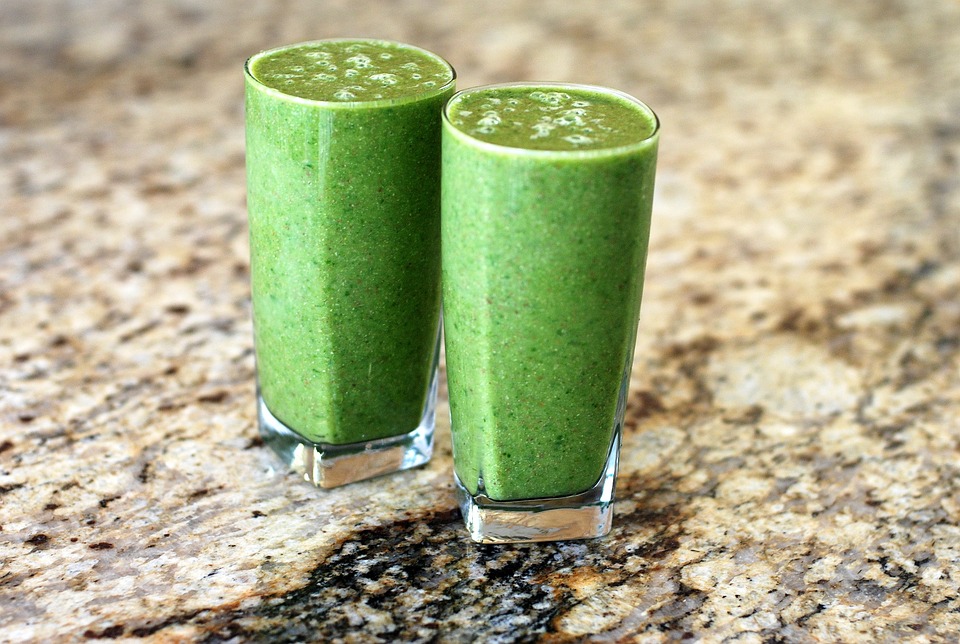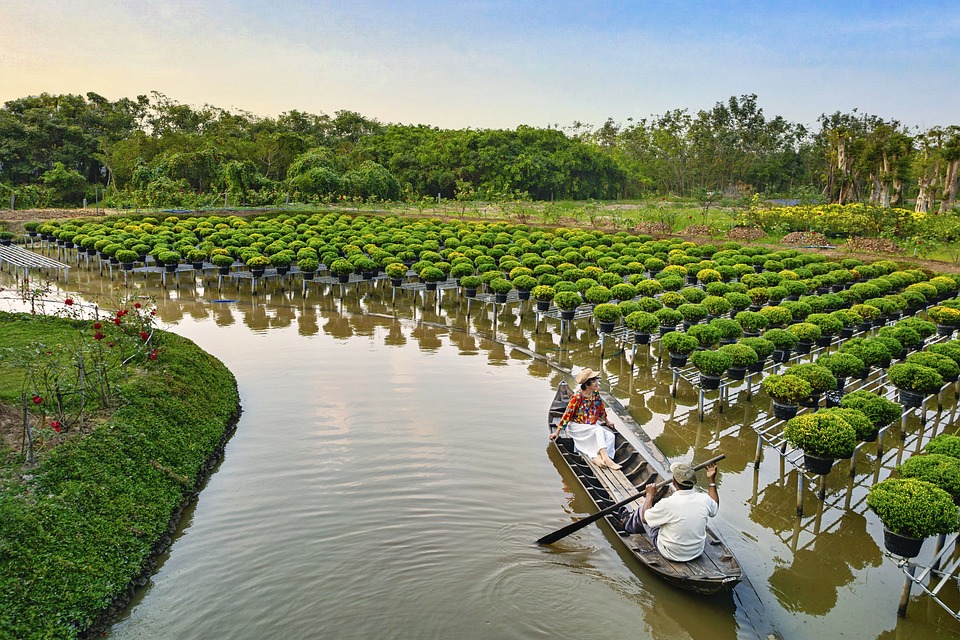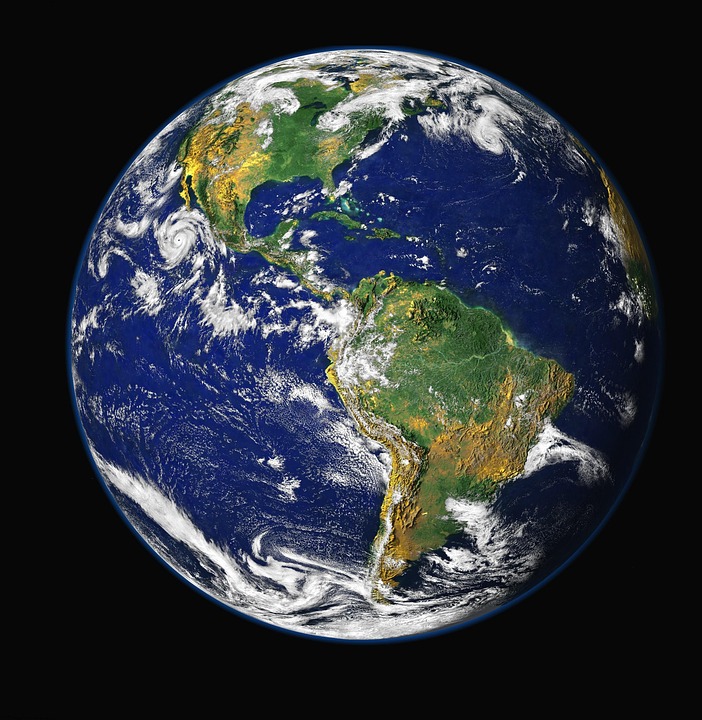From Farm to Fork: How Sustainable Agriculture Improves Food Quality and Safety
From Farm to Fork: How Sustainable Agriculture Improves Food Quality and Safety Picture this: a picturesque countryside, where the gentle breeze carries the fragrance of blooming flowers and the buzz of busy bees harmonizes with the joyful chirping of birds. This is where my passion for sustainable farming and gardening was born. As someone who has spent years living off the grid, cultivating my own food and living a life in harmony with nature, I have witnessed firsthand the transformative power of sustainable agriculture. Today, I invite you on a delightful journey exploring how sustainable agriculture not only nourishes our bodies but also enhances the quality and safety of our food. The essence of sustainable agriculture lies in its commitment to cultivating food in a way that minimizes harm to the environment while maximizing its nutritional value. Unlike conventional farming methods that heavily rely on synthetic pesticides, herbicides, and fertilizers, sustainable agriculture takes a different approach. It embraces a multitude of techniques that promote regenerative practices, biodiversity, and the preservation of natural resources. By doing so, sustainable agriculture not only safeguards our planet but also produces food that is healthier, more nutritious, and safer for consumption. One of the key ways sustainable agriculture enhances food quality is by focusing on soil health. Unlike conventional farming, which can degrade the soil over time due to excessive use of chemicals, sustainable agriculture prioritizes soil conservation and restoration. Through practices such as crop rotation, cover cropping, and composting, sustainable farmers nurture the soil, replenishing its nutrients and fostering a rich ecosystem of beneficial microorganisms. In turn, this creates a fertile and vibrant environment for plants to grow, resulting in higher-quality produce that is brimming with essential nutrients. Pro Tip: Embrace composting in your own backyard! Transform your kitchen scraps, yard waste, and fallen leaves into nutrient-rich compost to nourish your own garden. Not only will you reduce waste, but you’ll also witness the magic of composting as it transforms into “black gold” for your plants. Additionally, sustainable agriculture recognizes the importance of biodiversity in fostering a resilient and healthy food system. By diversifying plant and animal species, sustainable farmers minimize the risk of pests, diseases, and crop failures. This means that, as consumers, we can enjoy a wider range of nutrient-rich foods and flavors on our plates. Increasing biodiversity on farms also contributes to the conservation of native plant and animal species, which can be beneficial for our ecosystem and the overall health of our planet. Another vital aspect of sustainable agriculture lies in the responsible use of water resources. Through efficient irrigation methods such as drip irrigation and rainwater harvesting, sustainable farmers minimize water wastage, ensuring a more sustainable and equitable distribution of this precious resource. This approach not only helps to conserve water but also reduces the chances of groundwater contamination by harmful agrochemicals. As a result, the food produced through sustainable agriculture is cleaner, safer, and less likely to pose health risks associated with chemical residues. Pro Tip: Collect rainwater from gutters and downspouts during rainfall and store it in barrels or containers to use for watering your garden during dry spells. This simple practice not only reduces your water consumption but also helps protect local water sources from excessive exploitation. When it comes to food safety, sustainable agriculture offers a reassuring approach. By avoiding the use of synthetic pesticides and herbicides, sustainable farmers minimize the exposure of their crops to potentially harmful chemicals. Instead, they utilize natural pest management techniques, such as companion planting, biological control, and integrated pest management, to protect their produce from pests and diseases. This reduces the risk of pesticide residues on the food we consume and ensures that we can savor fresh, wholesome fruits and vegetables straight from the garden. Furthermore, sustainable agriculture promotes responsible and ethical practices throughout the entire food supply chain. By supporting local, small-scale farmers who adhere to sustainable principles, consumers can contribute to fair trade and enable a just and resilient food system. Sourcing food directly from farmers’ markets, community-supported agriculture (CSA) programs, or joining local food cooperatives not only strengthens community bonds but also ensures that the food we consume is produced in a transparent, accountable, and sustainable manner. Pro Tip: Get involved in your local community food initiatives! Attend farmers’ markets, join a CSA program, or volunteer at community gardens. Not only will you have access to fresh, locally-produced food but you’ll also connect with like-minded individuals who share your love for sustainable agriculture. In conclusion, sustainable agriculture holds the key to a brighter future for both our bodies and our planet. By cultivating food in harmony with nature, sustainable farmers prioritize the health of the soil, promote biodiversity, conserve water resources, and champion ethical and responsible practices throughout the food supply chain. The result is food that is not only more nutritious, flavorful, and safer to consume, but also supports the regeneration of our environment. So let us embrace the transformative power of sustainable agriculture, as we journey together from farm to fork, savoring the delicious fruits of a sustainable and regenerative food system.










